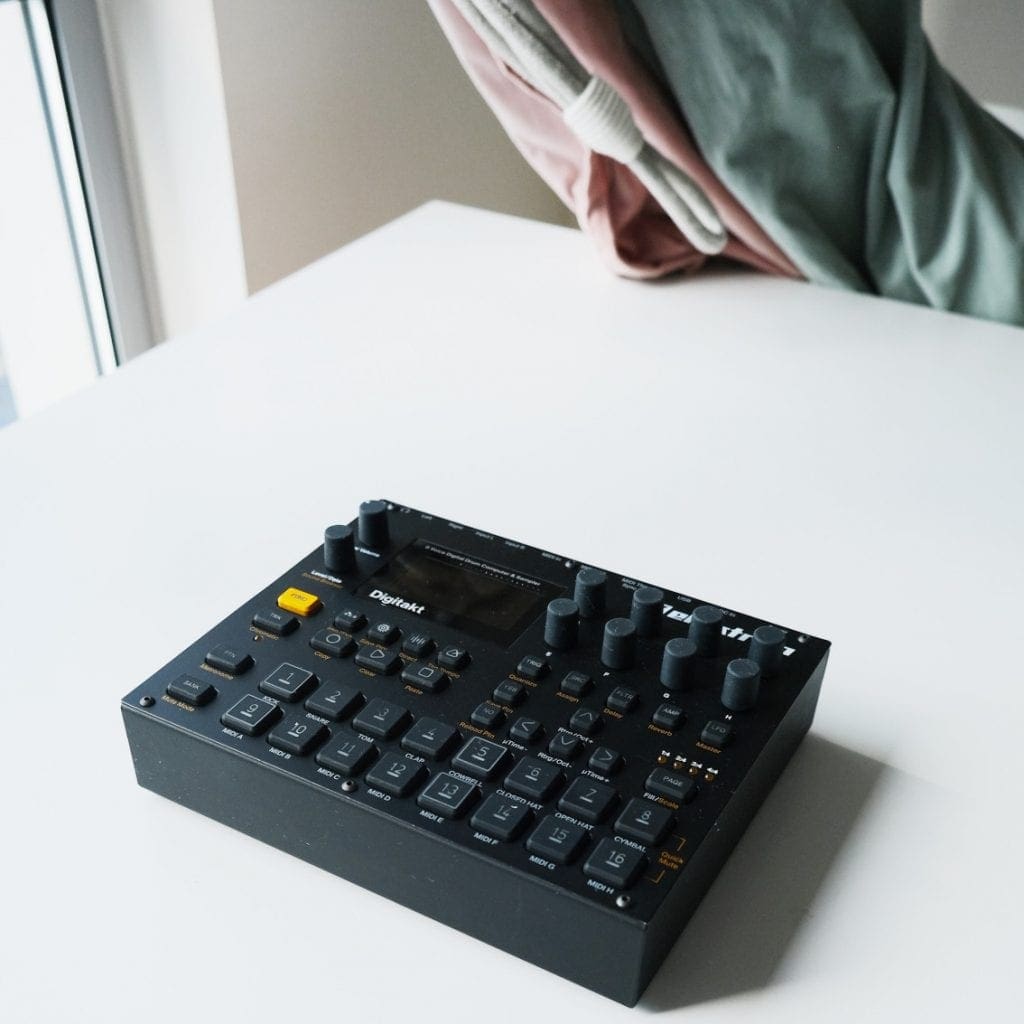In Search of New Samples


You’re always on the listen for a new audio clip – whether it’s musical, vocal, or ambient – that can be incorporated into your next track. You can find sounds all around you. The sound of a gate opening, a voice note from a friend, or the sound of cars driving over a bridge can all be shifted, doubled, manipulated, and looped to fit into your production style.
Don’t forget about the old-school tried and true method though. If you want to find unique sounds to sample, you probably need to dig some crates.
Vinyl record collections are the backbone of many producers’ recording process. A Bluetooth turntable becomes a portal through which artists start the process of creation via inspiration. With that said, there are other sources where the next great sampled sound gets discovered.
Finding Vinyl
In any medium-sized city, you will still find a shop or two that carries vintage or new vinyl. If not, garage sales and flea markets almost always offer the chance to uncover some dusty old inspiration. Depending on your style, even beat-up and scratched vinyl provide a lot of opportunities. No two records age the same way, and this unique character can produce the sound you need.
When recording from vinyl, remember to format your files correctly. The .wav format is the gold standard, and you should sample at the highest quality bit-rate that you can. Set your workstation to sample at 16-bit, 44.1 kHz for a predictable quality. If you want to experiment, try some lower bit rates to see what strange sounds come from the combination of lower quality and vintage vinyl. In general, it’s best to start with higher quality and manipulate your sounds from there.
Prepackaged Loops and Samples
You can find tons of samples for sale or possibly free with just one search. While this is the quick and easy route, remember that everyone else has access to the same sample packs. This is especially true with the pre-loaded samples in a workstation popular with electronic artists like Ableton or Logic. One of the biggest complaints today is that so much of the music sounds the same. This equal access to high-quality samples and loops is one of the culprits.
A remedy to this creative problem is to work with a sampling savant. Just like production, sampling takes its own set of skills and practice. You can find someone to collaborate with that already has these skills if your skill set lies elsewhere. You might pick up the ability to become a great sampler yourself.
There’s no limit to what you can do with sampling now. Whether it’s from vinyl records, voice notes from your phone, or collecting found sounds around town, you can turn any sounds into music. Examples abound of bands removing themselves from the limitations of the studio to go collect sounds and play their environment.
Combine the best of what today’s programming and production software have to offer with what you can find in the world around you. Over time you’ll develop a sound and a process that is uniquely yours.
Since you’re here …
… we have a small favour to ask. More people are reading Side-Line Magazine than ever but advertising revenues across the media are falling fast. Unlike many news organisations, we haven’t put up a paywall – we want to keep our journalism as open as we can - and we refuse to add annoying advertising. So you can see why we need to ask for your help.
Side-Line’s independent journalism takes a lot of time, money and hard work to produce. But we do it because we want to push the artists we like and who are equally fighting to survive.
If everyone who reads our reporting, who likes it, helps fund it, our future would be much more secure. For as little as 5 US$, you can support Side-Line Magazine – and it only takes a minute. Thank you.
The donations are safely powered by Paypal.









